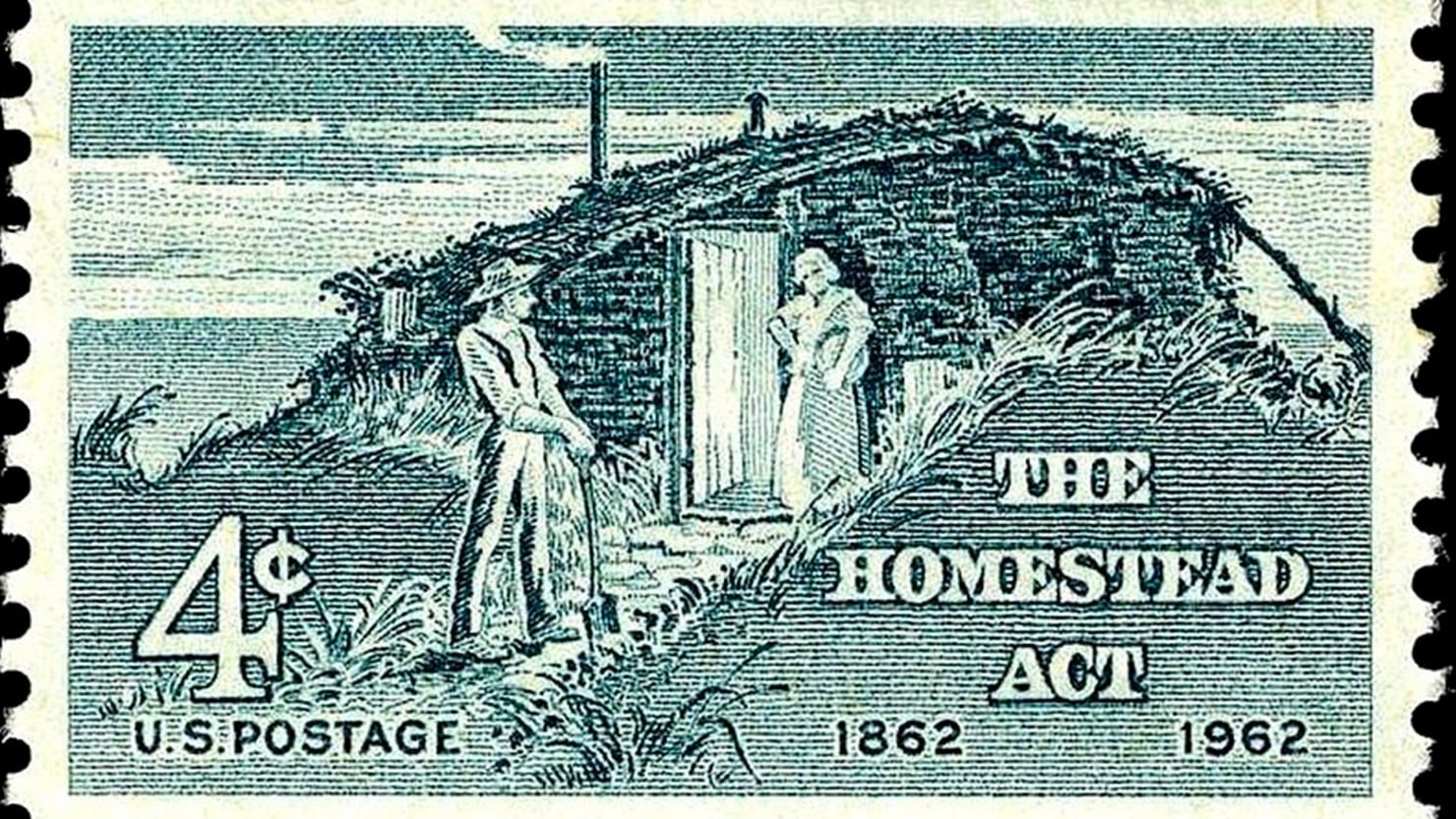Summarize:
The Dawes Act states that Native American tribes will be granted areas of land known as reservations, these reservations will be split between individuals within the tribe according to their familial status. However, the government will continue to have a right to survey the land if it is believed to be good for agriculture or other natural resources. Each Native American is given four years to choose a plot of land and is entitled to have a provisional line drawn up to divide the reservation. However, if an individual fails to choose their allotment, it will be chosen for them to ensure that no future property arguments will be made. Additionally, if an individual does not reside on a reservation they can apply to the government for a plot of surveyed land. Once Native Americans recieve legal ownership of their land they will be subjected to the laws of America and any future Native born in these territories will have the same protections and requirements. However, the Dawes Act only applies to members of certain tribes. This act was a way to further assimilate Native Americans into American society.
 |
| The Dawes Act took land from Indian tribes and gave it to the heads of Native American families |
 |
| The Homestead Act |
Much like the Dawes Act, the Homestead Act of 1862 redistributed land for the sake of expanding. The Dawes Act gave the heads of Native Americans 160 acres of former tribal land, and the Homestead Act gave settlers 160 acres of land in the west to ecourage westward expansion. To gain land through the Homestead Act, settlers had to pay a small fee and were required to live on the land for five continuos years until they owned it.



Comments
Post a Comment